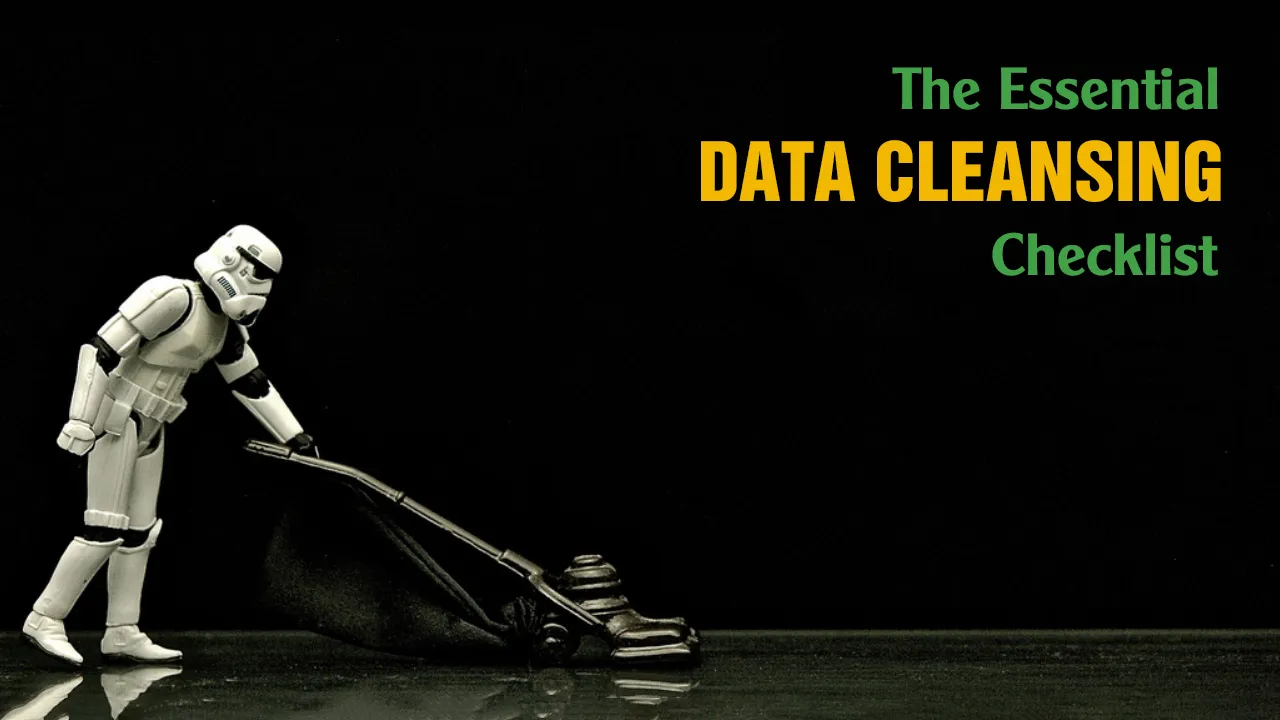This article covers data quality issues, such as missing, duplicate, or inaccurate values, which cause headaches. Creating a suitable data cleansing checklist makes it ideal to use in systems.
Data quality issues, such as missing, duplicate, inaccurate, valid, and inconsistent values, cause headaches in finding and using data sets. Having a suitable data cleansing procedure handles this bad data and makes it suitable for other people and systems.
A helpful data cleansing process standardizes data, fixes, or removes erroneous values, and formats records to be readable. You get these adequate results from data cleansing when you know your data’s original purpose and visualize the good data you require to meet new goals. You need to create a good foundation and run through the essential data cleansing checklist in this article to achieve your objectives.
Recognize When Your Data Needs Change From Its Original Purpose
Clean your data sets any time you use them for a different business purpose or context than from the data’s creation. At the start of the data lifecycle, you create and obtain data for some reason and within explicit and implicit circumstances, such as customer preferences for online shopping or technologies available at that time. Recognize this data’s original purpose.
Expect that over time and with a better understanding of a problem, your needs with this data set will change from its original purpose. To adapt, you may need to migrate data from one system to another or integrate data from multiple systems to achieve our new business objective. Perhaps you will end up transforming that data to fit a new business problem and its situation. We need to revisit our structures supporting data cleansing and rerun through our essential data cleansing checklist in any of these cases.
Create a Good Foundation
Any data cleaning project succeeds with a good foundation. Like cleaning old files from a system or comments from code you wish to commit, you need an underlying plan, processes, and tools to tackle data cleaning.
To get this strong foundation for your essential data cleansing checklist:
- Form a Data Cleansing Strategy: A data cleansing strategy, based on a larger holistic data strategy, informs what data sets to clean and prioritize. You can develop such a plan from your user stories or requirements documentation.
- Follow Company-Wide Data Governance Directives When Cleaning Data: Data governance policies and practices formally guide data cleansing activities. Follow data governance guidance in determining your role in cleaning data sets and cleansing outcomes.
- Tailor Your Data Cleansing Activities to Your Data Architecture: Data cleansing activities will differ with data technologies. For example, to move data into a data warehouse, you need to massage the migrating data to the data warehouse schema. On the other hand, if you load data from a data lake, you do many different data cleansing iterations. Be sure you know what data technologies require
#big data #analysis #data quality #data cleaning #data cleansing #data quality management
